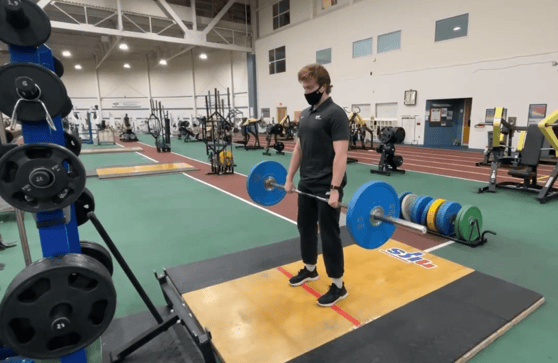 Trying to figure out the best time to work out can be a difficult decision when attempting to balance a healthy lifestyle with work, a social life, and other hobbies. Let’s look at the various benefits of working out at certain times of the day compared to others.
Trying to figure out the best time to work out can be a difficult decision when attempting to balance a healthy lifestyle with work, a social life, and other hobbies. Let’s look at the various benefits of working out at certain times of the day compared to others.
Morning Workouts
Let’s start at the beginning of the day, or morning workouts. The first benefit of working out at this time is that you will already have your workout done for the day. This should give you a sense of accomplishment to start the day and invigorate you for the day ahead and should also make you feel good and boost your confidence, knowing that you have gotten your workout in, leaving the rest of the day available for other tasks such as working, relaxing, hobbies, cooking and eating dinner, or hanging out with friends.
Some studies have shown that working out in the morning provides an increased metabolism, which means that you are going to burn more calories throughout the day. Another study showed that you will get better sleep working out in the morning compared to afternoon/evening because of an increased heart rate and body temperature. Yet another study showed that working out in the morning on an empty stomach before breakfast could increase fat burning.
Afternoon or Night Workouts
The next option for working out is an afternoon/night workout. If you have to be at work very early, it can make workouts difficult to do, especially if your work starts before a club is open. Early workouts are also difficult during the winter months when it’s dark in the mornings. So working out in the evening or afternoon has its benefits as well.
One study shows that your body temperature increases throughout the day, which is good for muscle function, strength, enzyme activity, and endurance for performance. Between 2pm and 6pm your body temperature is at its highest point in the day, which means your body is ready to go, which in turn makes it the most effective time of day to work out. Oxygen uptake is faster in the evening, as well, meaning that you use your body’s resources in a more effective way than in the morning. Working out in the morning may take your body longer to warm up the muscles, which will take away time from the workout itself. Your reaction time is at the quickest in the afternoon and evening. Your heart rate and your blood pressure are the lowest, which decreases your chance of injury while improving performance. One study even found that if you worked out in the morning and did the same workout at night, you had better quality of sleep.
So What's the Best Time to Work Out?
Overall, based on the above-referenced studies, there is no evidence that working out at a specific time of day is more beneficial than another. Whenever you work out, doing so is important for living a healthy lifestyle. Try to decide what time is best for your schedule to get a workout in, and then try to stick with a time so that you can be consistent to see even more training gains.
This blog was written by David Behrmann, NIFS Health Fitness Instructor.To learn more about the NIFS bloggers, click here.


 As a young trainer, I struggled to find my training style. I spent the first few months trying to make my clients happy, trying to make every session as hard as I could with no real connection between workouts. Our training had no direction; they were individual workouts according to what my clients wanted to work on that day. More times than not, this turned into working out one muscle group for the entire 30 minutes. I did a good job at working one muscle group, but that did not benefit them in the long term. As I grew in my education and as a trainer, I learned that there was a better approach to training: the full-body training split
As a young trainer, I struggled to find my training style. I spent the first few months trying to make my clients happy, trying to make every session as hard as I could with no real connection between workouts. Our training had no direction; they were individual workouts according to what my clients wanted to work on that day. More times than not, this turned into working out one muscle group for the entire 30 minutes. I did a good job at working one muscle group, but that did not benefit them in the long term. As I grew in my education and as a trainer, I learned that there was a better approach to training: the full-body training split